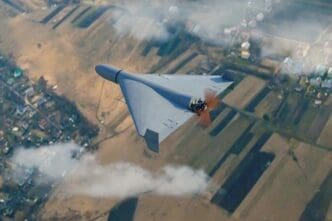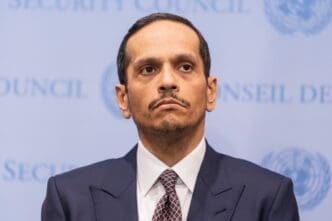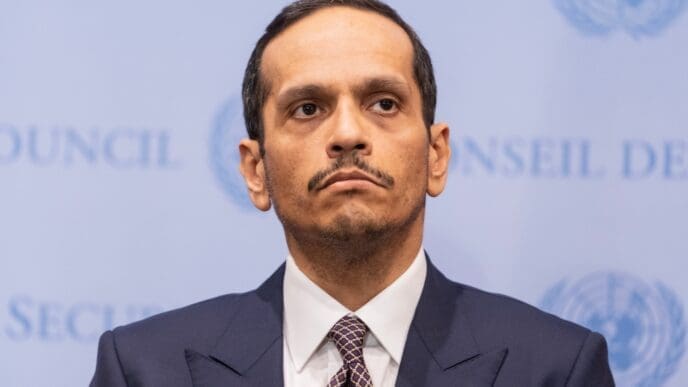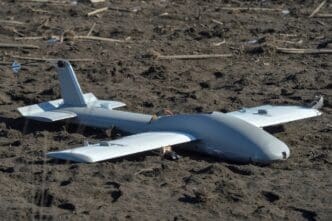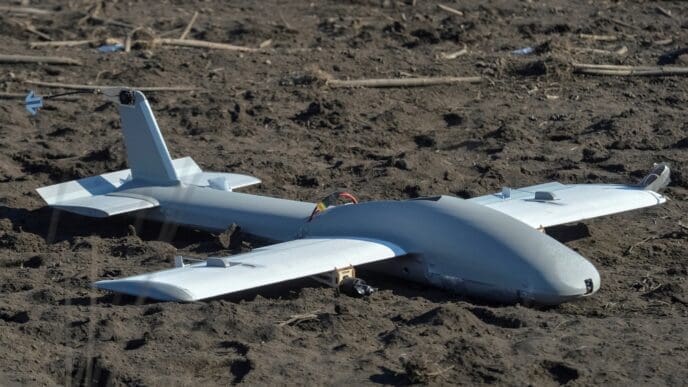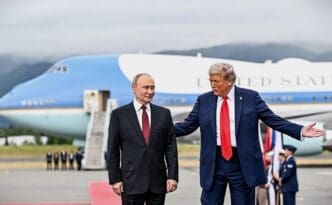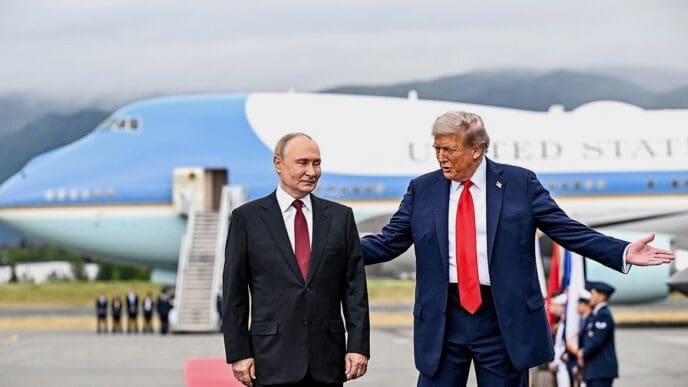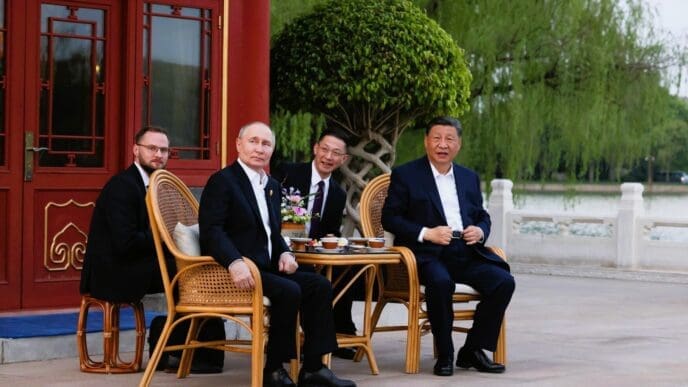Executive Summary
- Russian drones entered Polish airspace, prompting NATO jets to shoot them down in an incident viewed as a deliberate test of the alliance’s resolve, particularly under President Trump.
- The incursion is seen as a “gray zone” tactic by Russia to sow chaos and gauge NATO’s willingness to respond, placing the alliance in a strategic dilemma to deter without further escalation.
- President Putin appears emboldened and deeply committed to the Ukraine conflict, suggesting a readiness for sustained escalation that poses a significant challenge for Western policymakers and President Trump’s leadership.
The Story So Far
- The recent drone incursion into Polish airspace by Russia is part of a pattern of “gray zone” tactics, designed to test NATO’s cohesion and resolve, particularly under President Donald Trump’s leadership, given his past rhetoric concerning the alliance’s security guarantees. This aggressive posture is further fueled by President Putin’s emboldened stance, as he views the conflict in Ukraine as an existential struggle for his regime and has recently gained diplomatic support, making him more willing to escalate provocations against the West.
Why This Matters
- The drone incursion into Polish airspace represents a deliberate test of NATO’s cohesion and resolve, particularly under President Donald Trump’s leadership, forcing the alliance to navigate a delicate strategic dilemma between firm deterrence and avoiding direct escalation. This incident underscores Russia’s emboldened stance and its potential for sustained provocations, challenging Western policymakers to craft an effective response.
Who Thinks What?
- Russia’s defense ministry denies targeting Polish sites and seeks dialogue, yet the drone incursion is interpreted as a deliberate “gray zone” tactic to test NATO’s resolve and sow chaos, especially under President Trump’s leadership.
- NATO faces a strategic dilemma, needing to respond firmly enough to deter future intrusions without escalating into a direct conflict, aiming for a balanced approach to demonstrate resolve.
- Some observers suggest that President Trump’s past rhetoric and perceived delay in concrete actions may not project strength to the Kremlin, complicating NATO’s ability to counter escalating Russian assertiveness.
Russian President Vladimir Putin has reportedly challenged NATO’s cohesion and resolve with a recent drone incursion into Polish airspace, prompting NATO jets to scramble and shoot down Russian drones. The unprecedented incident, which saw Polish airspace temporarily closed and civilian homes damaged by debris, appears to be a deliberate move to test the alliance’s response, particularly under President Donald Trump’s leadership.
The Incursion and Russia’s Denials
The scale of the drone intrusion, involving multiple Shahed-type drones, makes it difficult to attribute the event solely to navigation errors or GPS spoofing, despite Russia’s defense ministry denying targeting Polish sites and seeking dialogue. Moscow’s actions align with a pattern of “gray zone” behavior, where escalatory actions are later downplayed as errors.
This incident marked a significant escalation, with Polish airspace closed and NATO aircraft engaged in a defensive action over a member state. Analysts suggest Russia’s primary objective may be to sow chaos within one of NATO’s more hawkish members and to gauge the alliance’s willingness to respond to direct provocations.
NATO’s Strategic Dilemma
The incursion places NATO in a delicate position, requiring a response that is firm enough to deter future intrusions without being so aggressive as to fuel Russia’s narrative of a direct conflict with the entire alliance. The challenge lies in finding a balanced approach that avoids further escalation while demonstrating resolve.
The situation is further complicated by President Trump’s past rhetoric regarding NATO’s security guarantees. This contrasts with former President Joe Biden’s swift diplomatic response to a similar incident in November 2022, when an errant missile strike in Poland led to an emergency G7 meeting, even before the missile’s origin was fully confirmed.
President Trump’s Response
While Donald Trump recently indicated readiness for new sanctions against Moscow and plans for discussions with his Russian counterpart and European leaders, these actions have not yet materialized. Some observers suggest that this perceived delay, whether attributed to his disruptive style or agility, may not project strength to the Kremlin.
The Polish drone incident follows a series of recent escalations by Russia, including strikes on a key Ukrainian government building in Kyiv and a deadly attack on a post office van in Donetsk. These actions, described by Trump’s envoy to Ukraine, Keith Kellogg, as an “escalation,” underscore a pattern of increasing Russian assertiveness.
Putin’s Emboldened Stance
Despite significant military losses in Ukraine, Russia’s President Putin may feel emboldened following recent diplomatic engagements, such as the Tianjin summit with China’s Xi Jinping and India’s Narendra Modi, which could provide economic and geopolitical support. This newfound confidence may inform his willingness to escalate.
Furthermore, the conflict in Ukraine, initially conceived as a swift operation, has evolved into a struggle for the survival of Putin’s worldview, his regime, and potentially himself. This deep personal commitment suggests he may be prepared for sustained escalation, posing a significant challenge for Western policymakers.
The drone incursion into Poland represents a critical test for NATO, forcing the alliance to navigate a complex response that balances deterrence with de-escalation. The coming days will reveal whether the West can effectively counter President Putin’s escalating actions and his unwavering commitment to the conflict.

